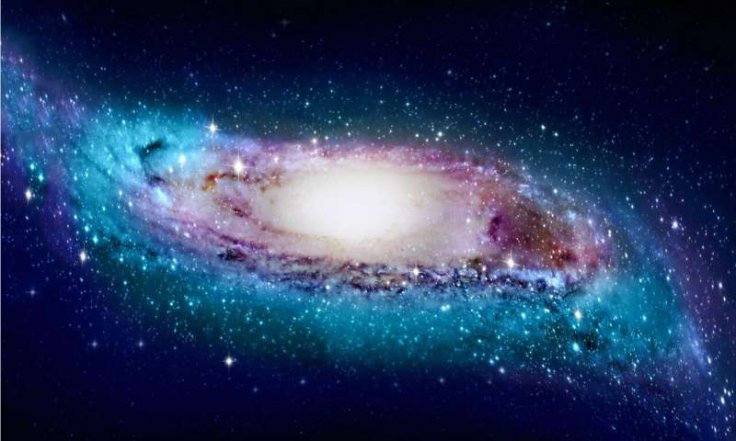
Only 3.5 million years ago it happened. A huge, expanding beam of energy exploded from the midde of the Milky Way, near the gigantic black hole. It sent out a massive spurt of radiation in the shape of a cone through both poles of the galaxy. The radiation burst into deep space.
This is called the Seyfert flare. It was formed by a couple of enormous 'ionisation cones' cutting through the Milky Way. It started with a smaller diameter that was initially close to the black hole. It then expanded hugely while exiting the Galaxy.
The flare was powerful enough to impact the Magellanic Stream. This was a huge trail of gas that started from nearby dwarf galaxies titled the Large and Small Magellanic Clouds. This stream is located at an average of 200,000 light years from the Milky Way.
A team of scientists led by Professor Joss Bland-Hawthorn from Australia's ARC Centre of Excellence for All Sky Astrophysics in 3 Dimensions (ASTRO 3D) arrived at the conclusion. The results will be published soon in the Astrophysical Journal.
The Australian-US research team said that the explosion was so huge that it could have been set off only by nuclear activity related to the black hole, which was called Sagittarius A, or Sgr A*. That is almost 4.2 million times bigger than the Sun.
"The flare must have been a bit like a lighthouse beam," says Professor Bland-Hawthorn, who is also at the University of Sydney. "Imagine darkness, and then someone switches on a lighthouse beacon for a brief period of time."
Scientists, after using the data collected by the Hubble Space Telescope, said that the explosion must have taken place slightly more than three million years ago. That period is comparatively recent in galactic terms. Moreover, the blast too could not have lasted for more than probably 300,000 years, which is also comparatively a brief period in galactic terms.
The research was undertaken by Professor Bland-Hawthorn, with team members from the National University and University of Sydney, the University of North Carolina, University of Colorado and the Space Telescope Science Institute in Baltimore.
"These results dramatically change our understanding of the Milky Way," says co-author Magda Guglielmo from the University of Sydney. "We always thought about our Galaxy as an inactive galaxy, with a not-so-bright centre. These new results instead open the possibility of a complete reinterpretation of its evolution and nature."
The results will be published in The Astrophysical Journal.









